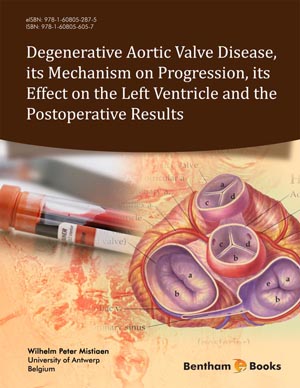Abstract
In some patients with CAVS, it can be difficult to decide if referral of AVR is warranted. There are several reasons for this.
In the low flow – low gradient conundrum, a conventional parameter, such as AVA, is insufficient to distinguish a truly severe CAVS from pseudo-severe CAVS. Additional diagnostic procedures such as a stress-echocardiography can be necessary.
In patients referred for CABG, a mild to moderate CAVS might be detected coincidentally. Must this valve be replaced? To answer this question, the outcome of a concomitant AVR must be carefully balanced against the outcome of isolated CABG and the risk of a second cardiac operation on short or mid-term.
In elderly patients, especially in those with co-morbid conditions, it can be notoriously difficult to assess the symptomatic status and to ascertain the valvular origin of their symptoms. Nevertheless, this is of vital importance in the decision making for referral of AVR. A stress test can also be useful.
The rate of progression of CAVS varies widely. Nevertheless, it can be useful to identify asymptomatic patients with a rapid progressing CAVS. Once these patients become symptomatic, they will need an AVR and the symptomatic phase of the disease should be kept as short as possible. Conventional echocardiography might offer some clues.
The referral pattern is determined, not only by the severity of CAVS, but also by age, LVF and the presence of co-morbid conditions. Nevertheless, denial of AVR is not always appropriate.
Keywords:
Age, aortic valve area, B-type natriuretic peptide, contractile reserve, EuroSCORE, guidelines, left ventricular function, low flow low gradient, stress echocardiography, symptomatic status, transvalvular gradient.


 Download PDF Flyer
Download PDF Flyer